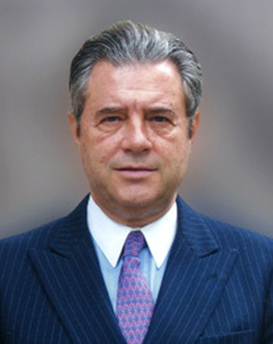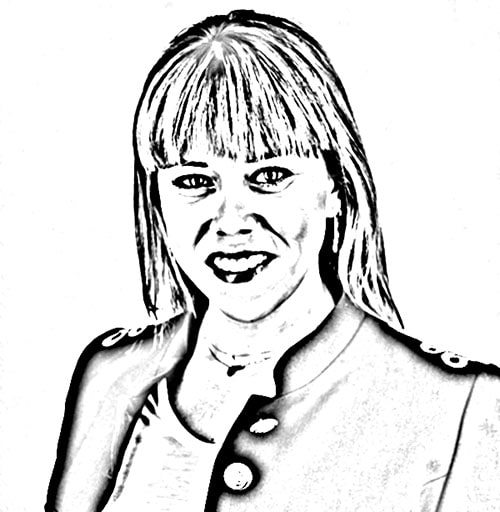Crédit des Alpes, Sustainable Investment Banking
An interview with Francisco Borbón y Escasany, chairman of the supervisory board.
Crédit des Alpes is an investment banking group providing financial services to international institutional clients. In fact, it works almost exclusively with U.S. and London investment funds and other banks that are generally listed in the respective countries of origin. Most recently, Crédit des Alpes was in the limelight for a string of successful operations. Despite its European roots, of approximately 320 transactions (equal to more than 145 billion Euros in aggregate value) that it conducted since its inception in 1956, only a few of the recent ones were in the old continent. One of the most notable was the sale of the Brazilian telecom market leader GVT, to Vivendi (Paris Stock Exchange) for 4.2 billion Euros. This was one of the largest-ever acquisitions by a European company.
Francisco de Borbón (the fifth Duke of Seville), has been with Crédit des Alpes for a long time. He was there during the 12 years between 1979 and 1991 when the balance sheet grew at a staggering yearly average of 38%. Additionally, other famous bankers

and industrialists also sat on the group’s top board including François Giscard d’Estaing, Fabrizio Cerina, Sir John Buckley, Dr. Carlo Bombieri, Peter Wildbolz, and Sir Robert Bellinger.
I read in your annual reports that by the early 1990s you were actively operating in Europe, particularly in southern Europe. Yet, your bank has kept away from it in recent years. Can you tell me more?
At that time, we had several offices [in Europe], 7 or 8, I believe. We were offering banking and fiduciary services to private clients through three subsidiaries operating in Switzerland, Luxembourg, and Italy with excellent results. But we decided to slowly shift from private to institutional clients, a quite courageous decision in hindsight, which has probably historically been our best. Following that route, one naturally moves toward the United States where the big institutions are. It was a fantastic period as our business was doing very well on both sides of the ocean and in Latin America.
But we also had our own hiccups, mind you. In 1992, we caught an employee of the Swiss branch stealing money from clients. A big amount. What happened then was incredible: the group’s main shareholder at that time, Fabrizio Cerina, reimbursed all the bank’s customers from his own pocket.
No client suffered any loss: zero. It was extraordinary proof of being accountable, which was vastly reported by the international press and has remained unique in Swiss financial history. Our credibility went through the roof which was probably one of the factors that brought us more business from four continents, mainly M&A deals, and direct investment opportunities in the industrial and real estate sectors.
Can you mention an example?
You need to remember that most of our work is confidential. However, some transactions were in the public domain due to their size and/or impact on the local economy. In 2007, for instance, we sold the Saxony Ocean Resort (now Faena Hotel) in Miami Beach — a project that included almost 300 luxury apartments — to Access Industries of New York. I believe that it is still one of the largest-ever transactions in Florida. Earlier, we had acquired Redaelli Tecna, the world’s fourth-largest producer of steel wire, along with Kohlberg & Co., also of New York. We had production plants in the U.S., France, and Italy.
What opportunities do you see now in southern Europe?
The sectors that we find most attractive are cosmetics, health care in general, and consumer goods. But we are also looking at the “silver economy” as people’s average age is constantly increasing. Above all, whatever is distributable online is appealing. The proportion of sales through the digital channel in southern Europe is around 12 percent and in Great Britain 30 percent. Consequently, there are important margins for growth with a significant impact on many sectors, particularly all the real estate dedicated to logistics.
What would you say is the average size of these deals?
In Europe, transactions are generally smaller than what large private equity operators are used to in the Anglo-Saxon markets. But the rate of return is often higher. In Great Britain and the United States, the investment focus has been on companies with a turnover between 150 and 500 million euros. However, the difficulty of allocating their considerable resources with the prospect of appealing returns has even driven large American funds to work with tickets between 50 and 150 million euros. For us, that means smaller transactions with higher returns. At the end of the day, it is just a matter of working more: but that is not a problem. We are very interested in Spain, France, and Italy, in investing our own capital, as well as that of our international customers. We are actively looking for suitable targets.
– Jacques Moreau –








